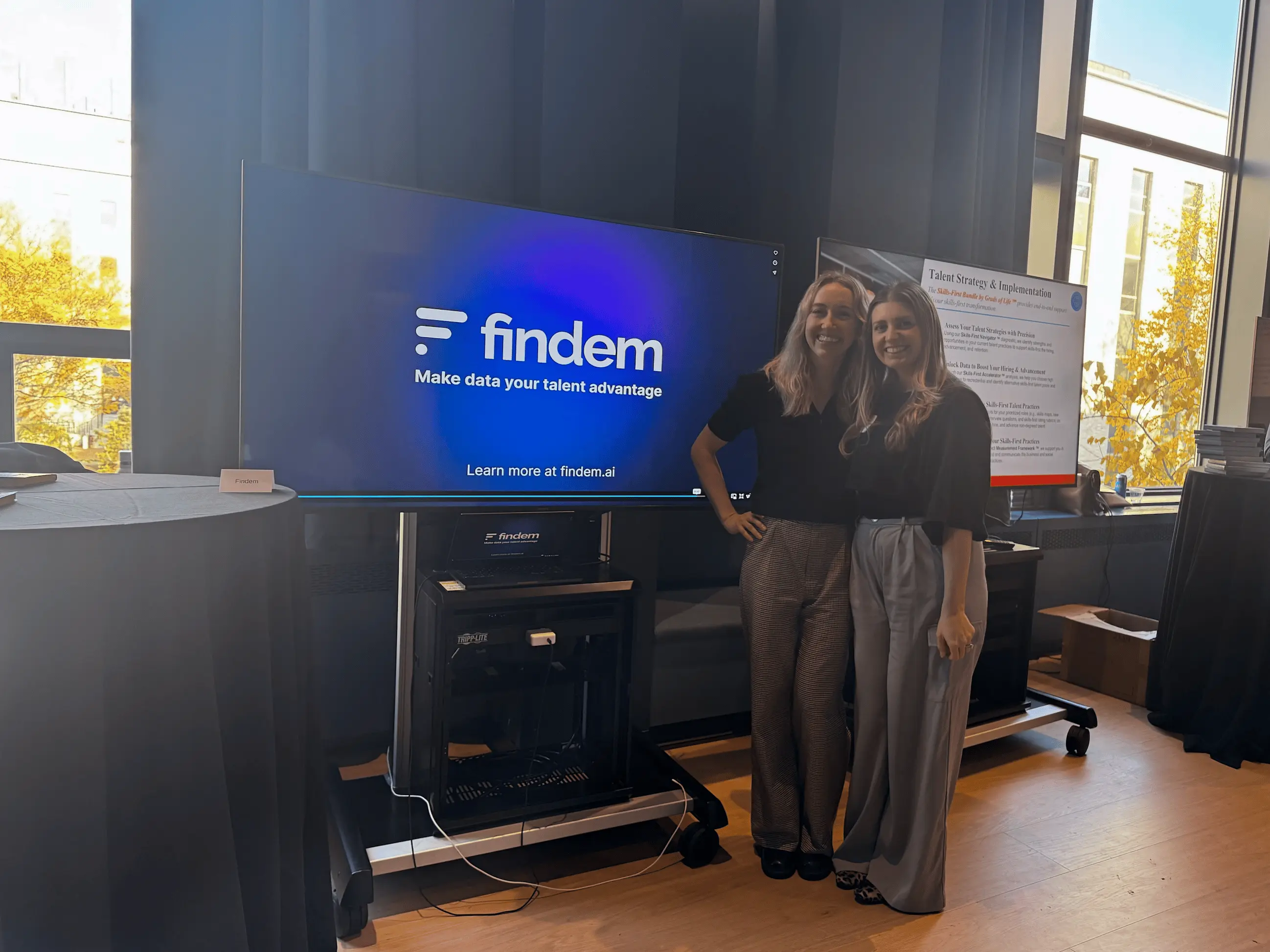.svg)
5 tips to get ahead of the healthcare talent shortage
.svg)

The COVID pandemic has stress-tested healthcare systems across the world in a way we haven’t seen before. As a result, current staffing issues in healthcare are coming to light. Countless healthcare professionals are leaving their jobs from burnout, the baby boomer generation is retiring, and the US Labor Department projects that the healthcare industry will add 3.8 million new jobs by 2024.
Above all, it’s important for healthcare organizations to forecast their internal challenges and build robust talent pipelines. The earlier organizations start building their pipeline, the better. Competition is forecast to be fierce in the coming years.
1. Leverage recruitment analytics technology
Healthcare organizations need to stay on top of their current needs and labor challenges. Increased visibility and clarity about current shortages, retention issues, and employee sentiment across the organization is integral to keeping a finger on the pulse. The National Academy of Medicine found that 60-75% of clinicians reported feelings of exhaustion, depression, sleep disorders and PTSD with nurses even more stressed as a result of COVID-19.
Real-time recruitment analytics is invaluable for assessing your needs and building a pipeline. It’ll help you analyze current workforce demographics, predict staffing issues before they become a problem, and gain a clearer view of your organization’s talent gaps.
2. Source talent with hyper-specific attributes
Once healthcare organizations are aware of the type of talent they need, they need to find those candidates. Instead of weeding through thousands of candidate profiles that aren’t the right fit, you can target a specific candidate search that meets your current needs.
For example, Findem allows hiring teams to cast their candidate search across 100,000+ data sources including Doximity. Find candidates who meet licensing and certification requirements with the unique attributes that make them a perfect fit. This software makes it incredibly easy to hone in on the ideal candidates for a role and get in touch with them fast. To see it in action, try a search for registered nurses in the US.
3. Personalized engagement with candidates
Job seekers won’t settle for communication that’s obviously automated and impersonal. Most importantly, your hiring process needs to be tailored specifically for healthcare professionals.
Outreach technology can be used to engage with candidates at scale in a personalized way. This allows you to get conversations moving quickly without wasting countless hours of administrative time.
Also, keep in mind that it’s a competitive market out there. You are probably not the only organization reaching out. If you’re not personally engaging with them, they’re going to opt for an organization that treats them better.
4. Enticing benefits and compensation plans
Insufficient pay and benefits is the top reason healthcare workers would consider leaving their current job. In a competitive hiring market, having attractive benefits and compensation plans will help your organization stand out from the pack. This is why it’s important for healthcare organizations to develop new packages that align with an increasingly competitive marketplace.
In order to do this, organizations must evaluate both the competitive marketplace and their current compensation plans. From there, you can create competitive compensation plans that attract top talent to your organization. Better compensation plans also contribute to increased employee retention.
5. Update your hiring and onboarding processes
Healthcare professionals looking for a new job are pressed for time. Be sure to incorporate flexibility into your hiring process to make the screening and interviewing phase easy and stress-free. For example, you could screen candidates from a video interview that they record on their own time. Another option is to make interview scheduling flexible by offering candidates a calendar of open time slots they can choose to fit their demanding schedule.
Once a hire is made, candidates expect a seamless onboarding experience that welcomes them into the organization in an informative, efficient way. If your Applicant Tracking System is outdated or confusing, it’s going to negatively impact an employee’s integration into the new position.
Final thoughts on the future of healthcare talent
The healthcare talent shortage is real and is only projected to increase in severity in the coming years. Being proactive in building out talent pipelines is essential to remaining competitive and adequately staffed in the future.
Staying engaged with your current employees, leveraging the power of data to assess your organization’s needs, and putting resources toward building new sourcing and retention strategies will ensure that your organization is well-staffed in the challenging years to come.










